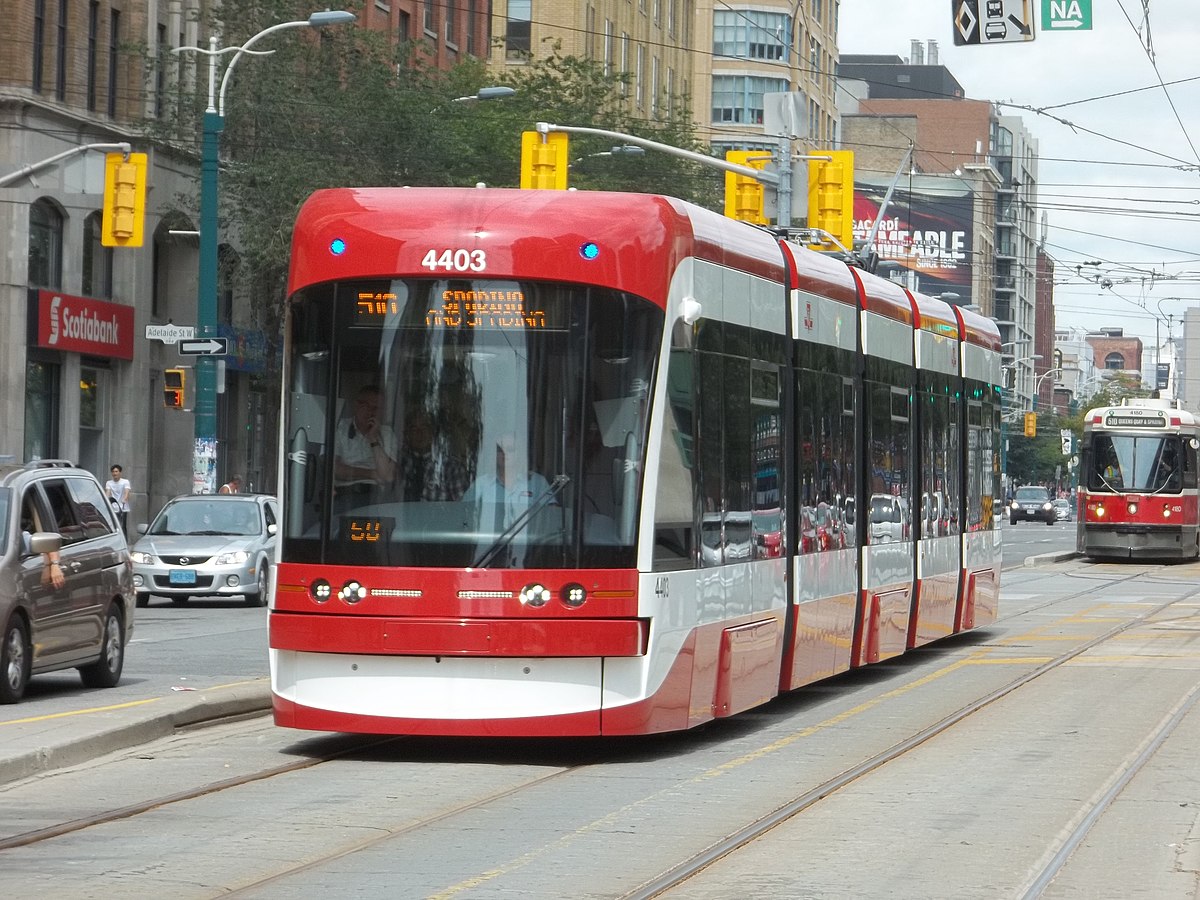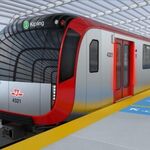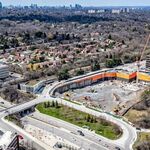Allandale25
Senior Member
^ Cool that UT is now giving these preview images when links are posted. Before it was just for twitter and FB.
Makes you feel much better about ML causing all that fuss over he BBD delays so that they could pay more for fewer numbers of theseUpdate on the vehicles from Ottawa:

Ottawa buys light-rail trains with no proven track record | CBC News
The light-rail vehicles that are one of the significant reasons for delays to Ottawa's $2-billion LRT project don't have a proven track record and are expected to make their North American debut in Ottawa.www.cbc.ca
Makes you feel much better about ML causing all that fuss over he BBD delays so that they could pay more for fewer numbers of these
They actually have. Portland and Minneapolis immediately come to mind.In fact I dont think bbr even has any light rail experience in north america all together before the ttc order for flexities.
There is not even a hint of, never mind a direct mention of, BBD. They are talking about the issues that they are encountering with these cars....and that is ok....because there are issues.IMO this article is quite sensationalised and in a way is trying to imply that they shouldve gone with the "proven Bbr". They fail to realise that bbr also has no NA exp with their freedom model.
In fact I dont think bbr even has any light rail experience in north america all together before the ttc order for flexities.
Provisos apply:They actually have. Portland and Minneapolis immediately come to mind.
Most vehicles typically weigh between 35 and 40 tonnes (34 and 39 long tons; 39 and 44 short tons), though the ones made for the Minneapolis line are heavier due to stricter crashworthiness requirements in the United States (particularly buff strength) and the vehicles in Rotterdam and Karlsruhe are also heavier due to their use on a full, high-capacity rapid transit network and on mainline railway tracks, respectively.

By May 2016, Metrolinx had not received the prototype vehicle that Bombardier was supposed to produce by spring 2015. The prototype, once received, will be tested for one or two years to work out any design bugs before Bombardier begins to manufacture the rest of the order.[14]

For the "Freedom", absolutely not, it didn't exist back then.Portland uses Siemens. That being said, does 1 case from 11 years ago constitute to a "proven design"?
The first LRVs built for Portland were from Bombardier in a joint venture with La Brugeoise et Nivelles. They have also inherited the developments of Hawker Siddeley Canada and UTDC. To say that they don't have any light rail experience in North America is false.Portland uses Siemens. That being said, does 1 case from 11 years ago constitute to a "proven design"?
They built the first batch of cars for Minneapolis Blue Line in early 2000's. They had the same mismatch for sections as TTC, but they used rivets to fix the problems. BBD has never pickup another order until TTC. After all current orders are complete, end of the line for more cars in NA based on current problems.IMO this article is quite sensationalised and in a way is trying to imply that they shouldve gone with the "proven Bbr". They fail to realise that bbr also has no NA exp with their freedom model.
In fact I dont think bbr even has any light rail experience in north america all together before the ttc order for flexities.
For the "Freedom", absolutely not, it didn't exist back then.
The TTC is its own worst enemy in requiring 'custom made' equipment. Don't get me started on 'TTC Gauge' and how it's now finally isolated. And Thank God for that.
...The Peter Witts ranged in size from 47 feet (Small Witts) to 51 feet, 10 inches (Large Witts) to 52 feet, 3 1/4 inches (the Brill Large Witts), and the trailers came in two door and three door versions. The streetcars were eight and a half feet wide, and due to the TRC’s narrow devil strip (the space between two sets of tracks) tracks had to be relaid in order to provide proper clearance. No problem, as much of Toronto’s street trackage had to be relaid anyway, due to its poor condition....
For the "Freedom", absolutely not, it didn't exist back then.
The TTC is its own worst enemy in requiring 'custom made' equipment. Don't get me started on 'TTC Gauge' and how it's now finally isolated. And Thank God for that.
My slip in the name. My rants against "TTC Gauge" are well established, and there's a lot more history behind the choice of gauge and even re-gauging of TTC lines to Toronto Gauge, then to Standard Gauge, then back again for the radial line up to Sutton, also used for freight with both gauges. It directly served St Lawrence Market at one point, bringing in milk, produce and meat.The Flexity Outlook streetcars used on Toronto legacy streetcar network are "TTC gauge". The Flexity Freedom light rail vehicles used on the Eglinton Crosstown LRT AND on the Waterloo ION are "standard gauge".
Prototype vehicles 4401 and 4402 underwent almost a year of extensive testing in Toronto. That testing triggered a change to the design of the loading ramps, over which a wheelchair used to tilt. The vehicles would only become TTC property when their ramps are retrofitted to the new design.[11]
According to the CEO of the TTC Andy Byford, the first Flexity streetcars were so poorly manufactured, the TTC would not accept them for fear they would break down on bumpy city streets. At the Thunder Bay plant, when workers went to attach the under-frame to the sidewalls, they had found they were not square. To solve the problem, they wanted to rivet the two pieces together. The TTC rejected that solution, as according to Byford, rivets pop.

Every city customizes their LRVs differently for how it will be used in their city, the same thing happens with buses too, Unlike most, the TTC does not have the benefit of building a line to fi the vehicle and the vehicle needs to be adapted to fit the existing system. Track gauge is not the big deal that people make it out to beThe TTC is its own worst enemy in requiring 'custom made' equipment.
Thing is though, no one else uses ttc guage and since it's so rare it makes it more expensive. Also to top it off the tight radius turns that is almost unique to toronto requires much more engineering than a typical tram in EuropeEvery city customizes their LRVs differently for how it will be used in their city, the same thing happens with buses too, Unlike most, the TTC does not have the benefit of building a line to fi the vehicle and the vehicle needs to be adapted to fit the existing system. Track gauge is not the big deal that people make it out to be




